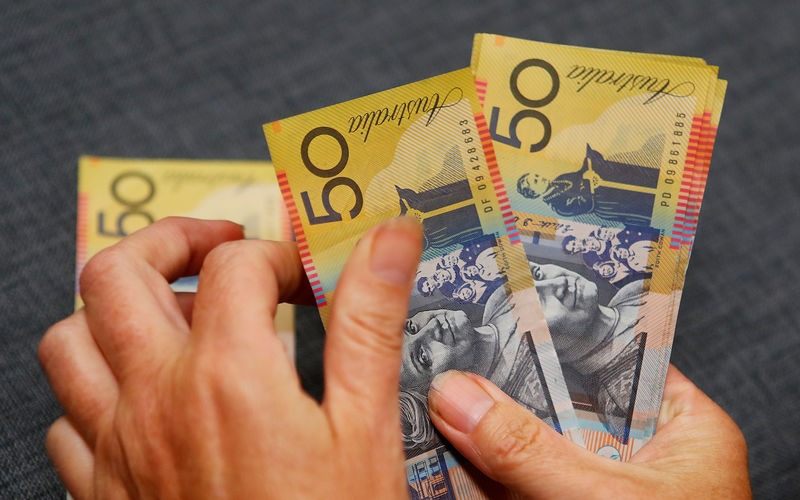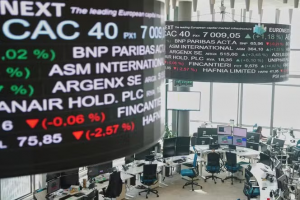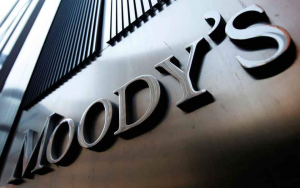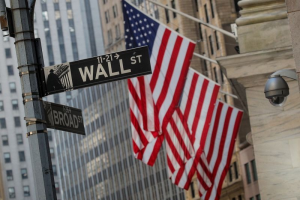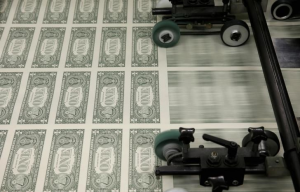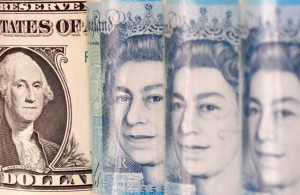The U.S. dollar strengthened on Monday, as investors assessed key negotiations between U.S. and Russia on a deal to end the war in Ukraine and lingering tariff concerns, as well as an interest rate reduction by Australia's central bank.
By 07:41 EST (12:41 GMT), the U.S. dollar index, which measures the greenback against a basket of major currencies, rose 0.4% to 106.99. The index declined more than 1% last week.
The euro was 0.3% lower at $1.05, while sterling also eased 0.3% to $1.26.
Officials from the U.S. and Russia are holding crucial talks in Saudi Arabia on a potential agreement to halt the almost three-year conflict in Ukraine. However, neither Ukraine nor its European allies were invited to participate in the discussions. Kyiv has stated that no peace deal can be secured on its behalf.
"Should Russia and Ukraine ultimately reach a peace deal, the dollar is probably due another moderate correction – but for now, markets are lacking tangible bearish [U.S. dollar] drivers and we think the dollar could keep rebounding today," analysts at ING said in a note.
Traders are also looking ahead to the release on Wednesday of the Federal Reserve's minutes from its latest policy gathering in January, when the U.S. central bank pushed pause on a string of recent policy cuts and signaled that it was in no rush to slash rates further. Policymakers flagged particular worries around the uncertain impact of Trump's sweeping tariff plans, which some economists have warned could refuel inflationary pressures.
RBA cuts interest rates; cautious on further easing
Meanwhile, the Reserve Bank of Australia has slashed interest rates for the first time in four years, although policymakers said it remains too early to declare victory over inflation and further cuts are not guaranteed. Officials at Australia's central bank warned that rolling out a series of quick reductions could cause a recent disinflationary trend in the country to stall.
Following the quarter-point cut in the RBA's key cash rate to 4.1%, markets are now pricing in two more drawdowns in 2025. But, speaking in a news conference, RBA Governor Michele Bullock said the decision does not imply that "future rate cuts [are] along the lines suggested by the market are coming."
Unlike many of its global peers, the RBA has been relatively slow to announce cuts to borrowing costs, choosing instead to keep rates steady for more than a year in a bid to progressively slow price growth.
The Australian dollar’s AUD/USD pair was only marginally lower by 0.1% at 0.6352 USD after some initial volatility in the wake of the RBA's decision.

